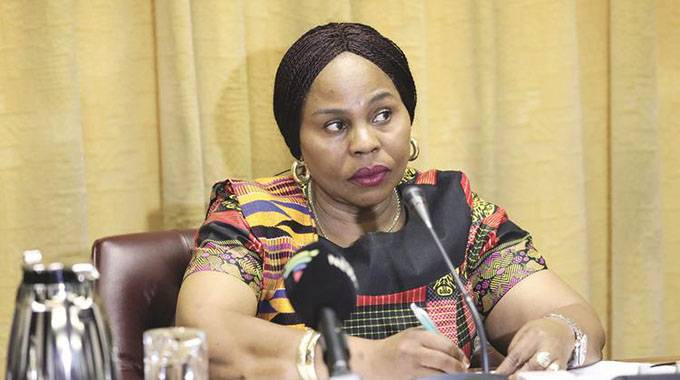Zim set for record cotton output
Zimbabwe’s cotton production for the current 2020/21 season will likely surpass the initial projection of 150 000 tonnes, the highest yield in nearly five years, on increased inputs subsidies and good rains.
Last week, Cottco projected its own intake from farmers this year to increase by 82 percent to 150 000 tonnes from 83 000 tonnes a year ago.
Its intake generally reflects the national output as it controls 90 percent of the market.
The company administers the Presidential Inputs Scheme, which started in 2015 and was meant to expand cotton production and also assist rural and vulnerable families.
Under the scheme, farmers get free inputs such as seed, fertilisers and agro chemicals.
The scheme has seen cotton production growing from 28 000 tonnes in 2015, the lowest output in almost two decades. At its peak in 2011, Zimbabwe produced 351 000 tonnes.
“We expect output to surpass 150 000 tonnes this year; we will probably hit 170 000 tonnes with the other volumes coming from private players,” senior industry officials said on condition of anonymity.
As at June 30, 2021 Cottco had bought about 57 000 tonnes, 38 percent of its intake target.
This season, the Government will pay nearly $3,5 billion in subsidies to cotton farmers.
Cottco said it was looking to roll out the high-yielding varieties on a larger scale next season to improve volumes and viability. The hybrid seed has already been tested and output was more than double the yield per hectare compared with open pollinated varieties.
On outstanding payments to farmers on last year’s deliveries, Information, Publicity and Broadcasting Services Minister Monica Mutsvangwa told a post Cabinet briefing last week that outstanding payments were being made.
A total of $220 million and US$659 000 had already been paid.
The balances arose as a support price to farmers to encourage increased cotton production.
At the beginning of the selling season, farmers were owed about $1,5 billion. Government owns 37 percent in Cottco and intends to raise its shareholding to 51 percent. — ebusinessweekly









